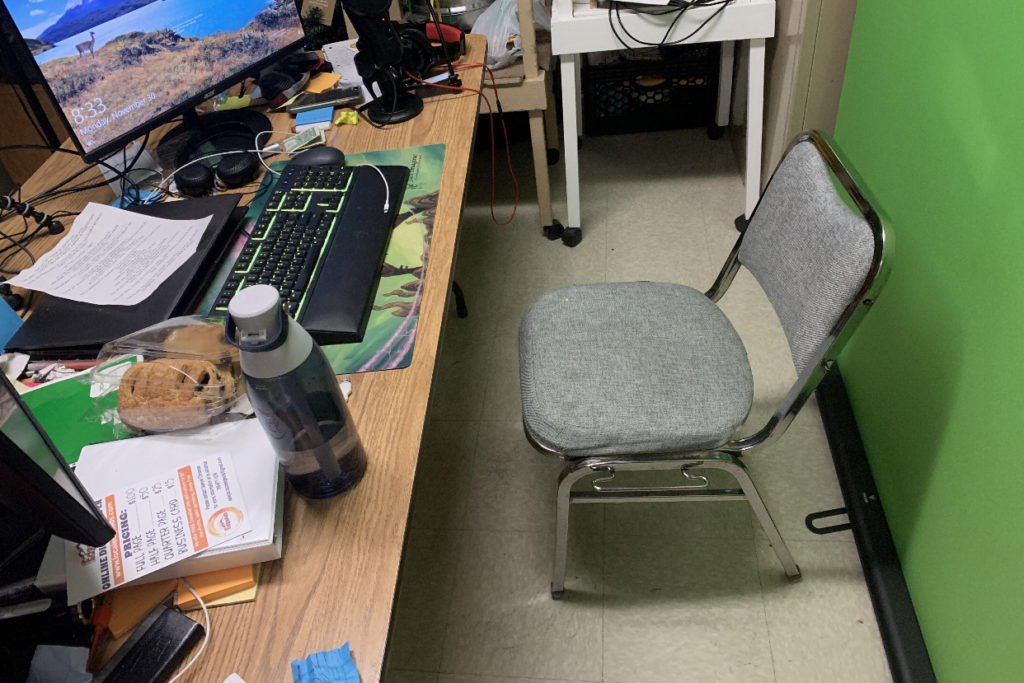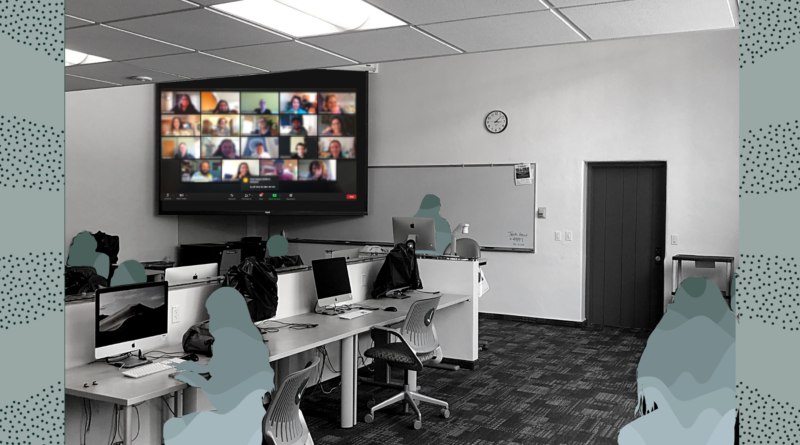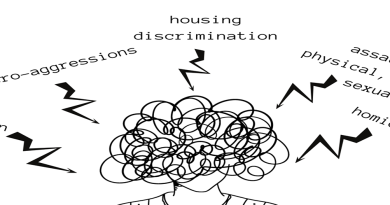HSU Online Learning: What Works, What Doesn’t
With Fall 2020 being the first full semester online, there is much to learn about what online teaching styles work, what doesn’t and what needs to be improved.

We are roughly three months away from the anniversary of COVID-19 shutting the country down and Humboldt State University going online mid-semester during spring 2020. Students have had almost an entire year to adapt to all of the changes that come with “the new normal.”
For HSU, the “new normal” offered limited face-to-face instruction with the majority of classes offered online. Given that professors had all summer to plan, faculty was better prepared to teach online. Students, though, continue to struggle with online learning.
Forest hydrology student Christopher Villarruel finds himself struggling with this new learning format. Much of his academic career has relied on collaboration and hands-on research. Something COVID-19 has made increasingly difficult.
Villarruel credits much of his academic successes to the hands-on learning capabilities of Humboldt State’s Forestry Department and the resources available on campus.
On any given day Villarruel would find himself in the library’s learning labs getting help with math homework. He would venture in and out of INRSEP, laughing and hanging out with other students between classes.
“I need mentoring, I need someone to show me how to set up my methods, how to put together a professional proposal,” he said.
This is a drastic change to the now online format he doesn’t like. A format that just doesn’t work for him. Had it not been for the limited face-to-face labs he has, he most likely would have taken a gap year. Safe to say, in-person classes have been the highlight of his semester.
For him, the most heartbreaking thing about online learning was losing the potential for new research projects.
His concentration in hydrology led him to research the effects of the Carr Fire on watershed impairment in the area. He’s been able to map out affected areas to understand the effects of the fire on water quality.
“If we were in home school, that idea wouldn’t have even happened,” Villarruel said. “I had the idea, me and a group of students got together and made it happen.”
Villarruel wonders and laments how many great research proposals have been lost to online learning.

On the other end of the spectrum, for Kinesiology major Jonathan Flores, adapting and surviving the online format this semester came relatively easy. He took to heart the mistakes he made at the end of last semester and vowed not to repeat them.
Flores is taking a full course load of asynchronous classes whilst navigating a part-time job. It’s up to him to schedule time to review posted lectures, and it’s up to him to make sure he doesn’t fall behind.
He schedules his work around his academic schedule, and so far it’s paid off. He has learned to appreciate this style of learning because it provides him with more leniency. As long as he commits to his schedule, he’s optimistic he won’t fall behind.
Communication major Sawyer Chrisman finds himself feeling not-so-optimistic attending HSU instruction from his hometown. He mostly has synchronous classes via Zoom and only one asynchronous class.
Chrisman prefers his synchronous classes. Meeting even once a week to talk about the work that needs to be done is helpful to him. This gives him an idea of when he should start his work and he’s able to better manage his time.

“I feel like with the asynchronous classes, you have to sign into Canvas and then realize, ‘Oh, I have a big project due’,” he said. “I don’t think about it until Canvas tells me to think about it and that can be problematic.”
He doesn’t think there is a single answer to what online teaching style works best for everyone. Everyone’s got something different going on, different experiences that affect how they learn.
There is just a hope that professors will continue to be understanding and flexible.




